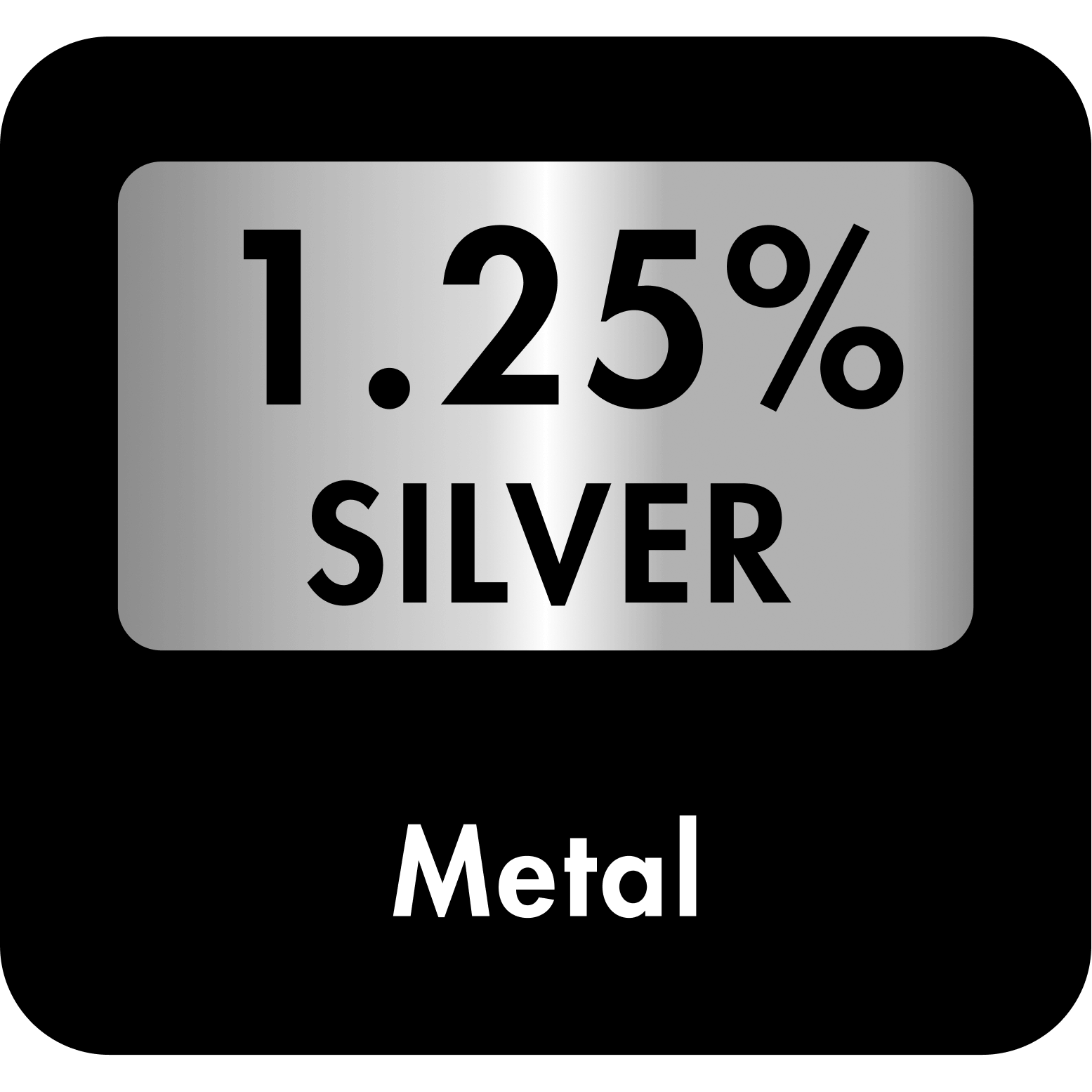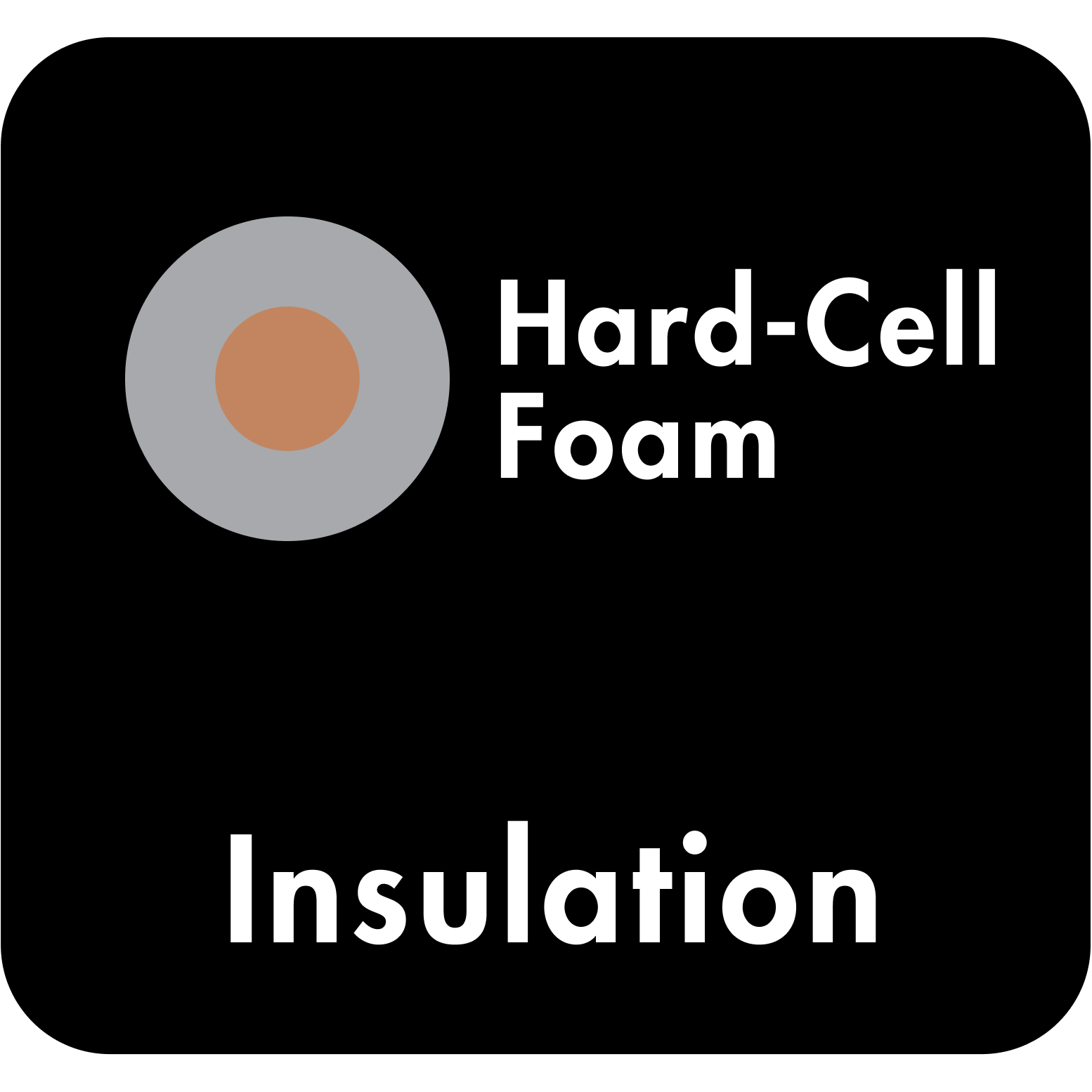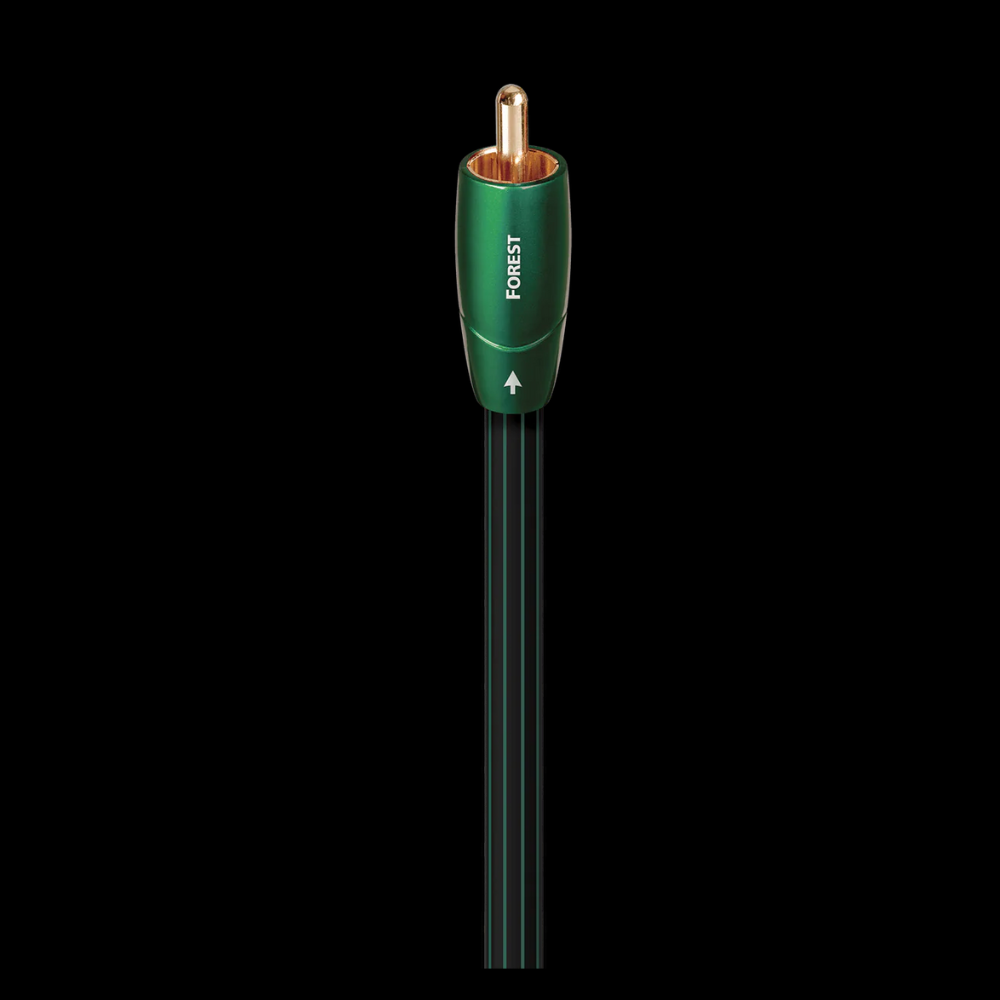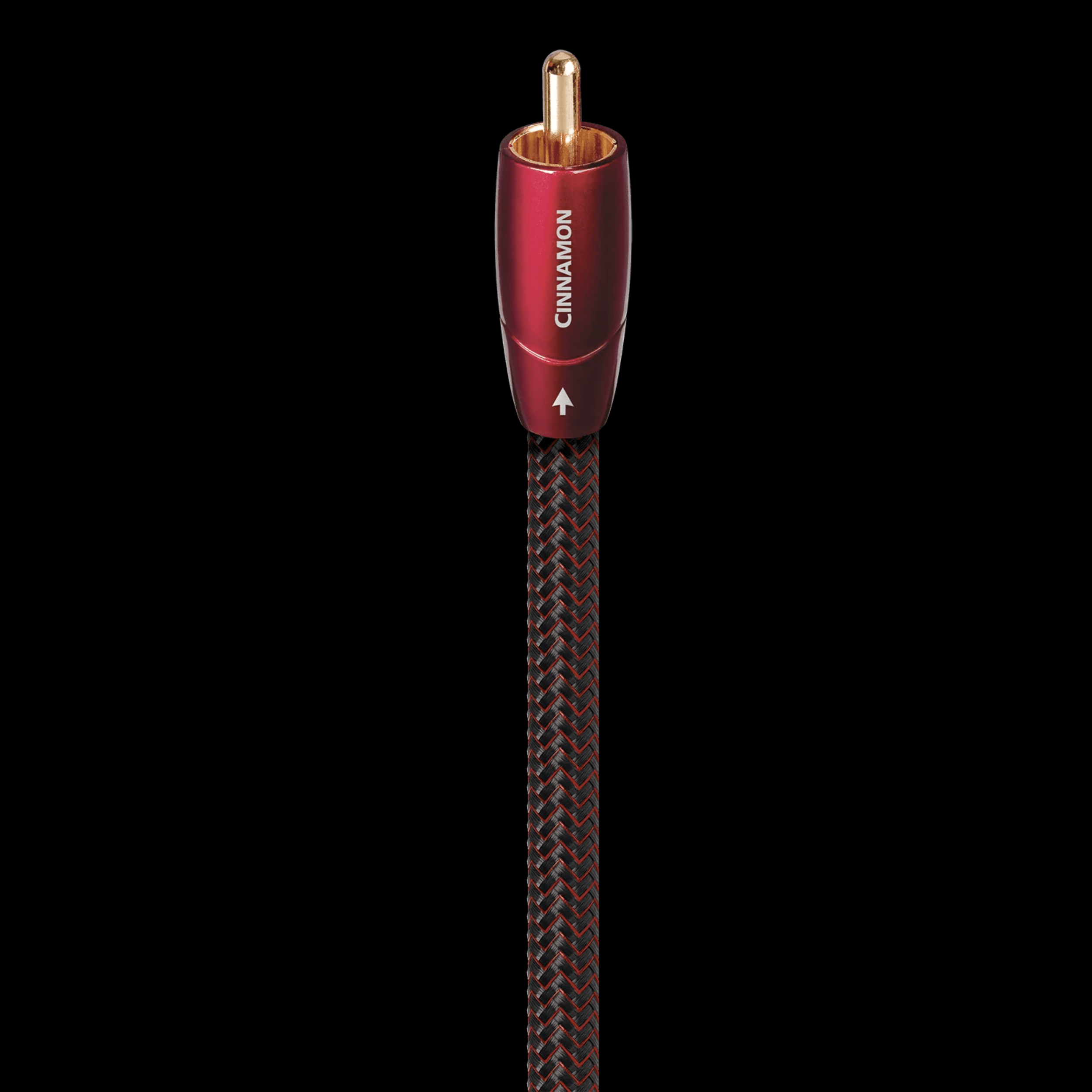
AudioQuest Cinnamon Coax Cable
$139.00 SGD
Couldn't load pickup availability
Pickup currently unavailable at ATLAS WAREHOUSE @ Harper
Free 3-Day Delivery
Get free local delivery within 3-working days on orders S$300 and above.
Orders are processed and delivered Monday-Friday (excluding PH).
0% Interest Instalments
Pay with Atome to enjoy up to 3-month interest-free instalment when you shop online.
Choose interest-free instalment plans over 6-12 months with participating credit cards when you pay in-store. View our store locations here.
1-Year Warranty
All AudioQuest purchases are covered by 1-year manufacturer's warranty for production defects.
AudioQuest
Digital Audio Cable
DESCRIPTION
SPECIFICATIONS
USAGE GUIDE
IN THE BOX
AWARDS
Viewing
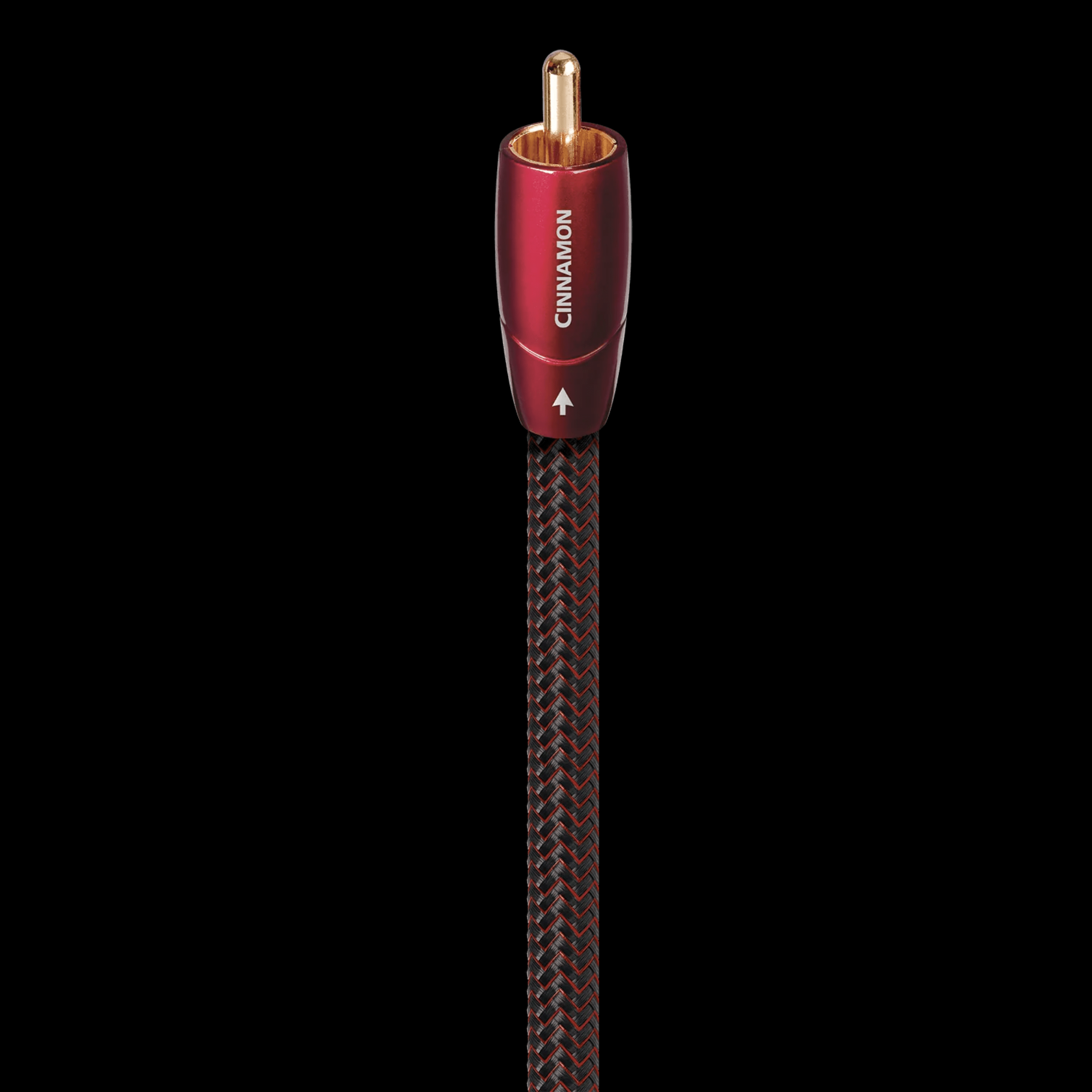
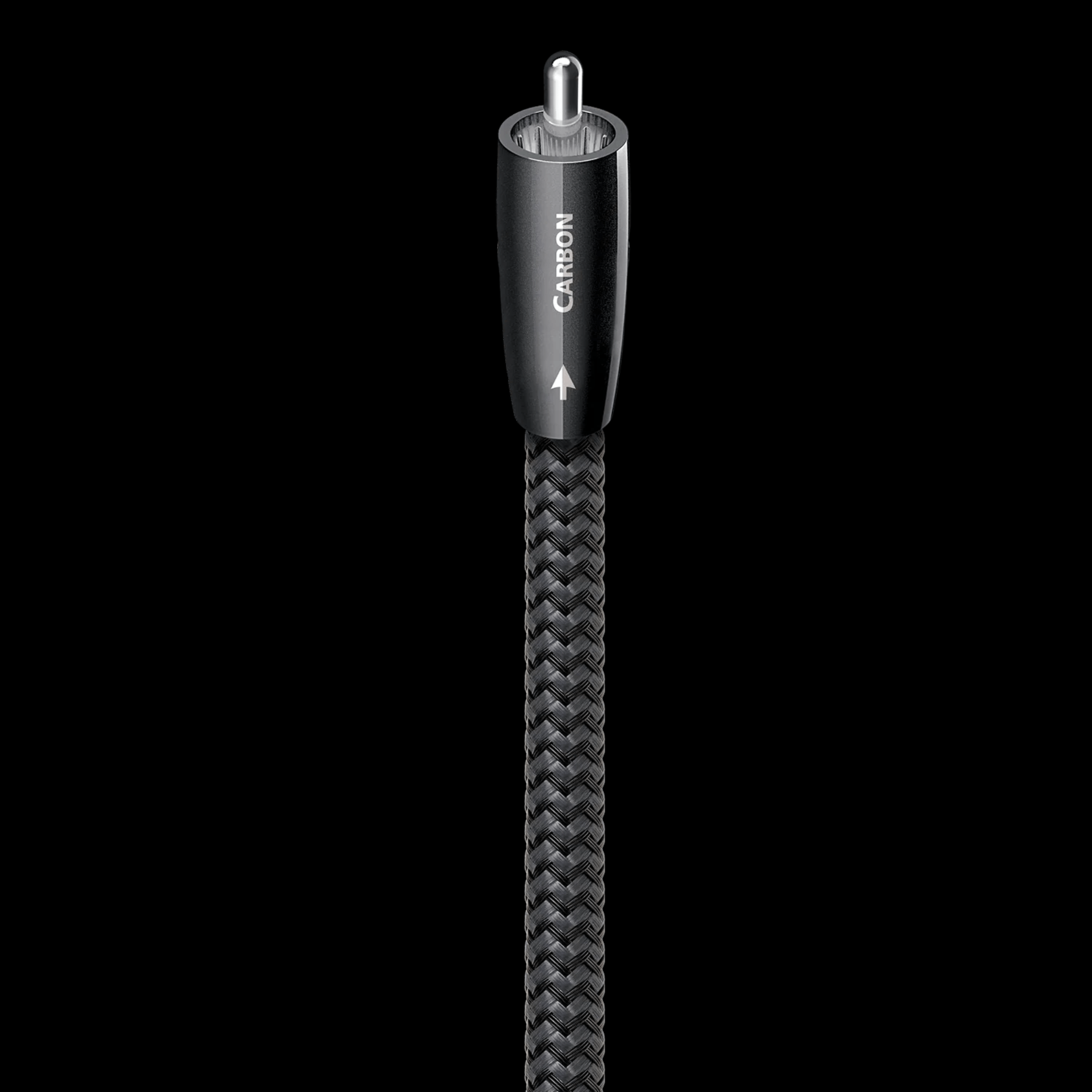
Metal
Noise Dissipation
Insulation
Terminations
Signal Type
Shield

